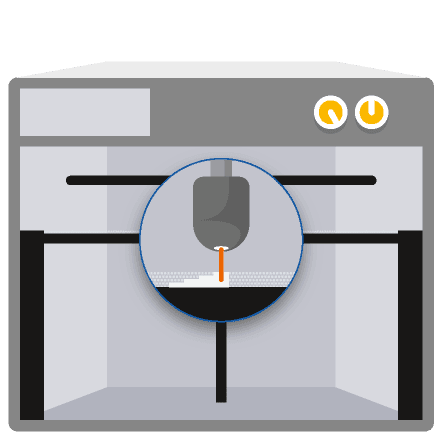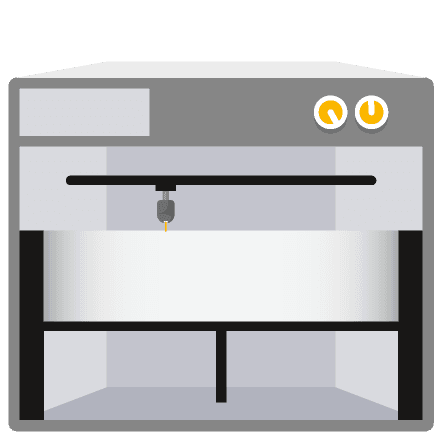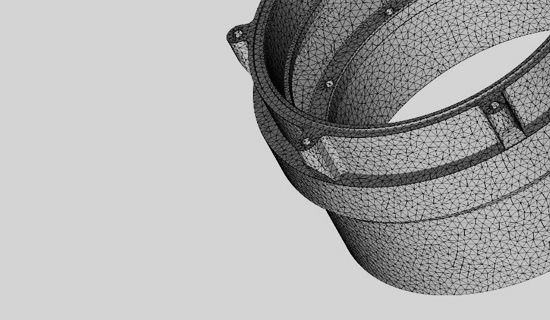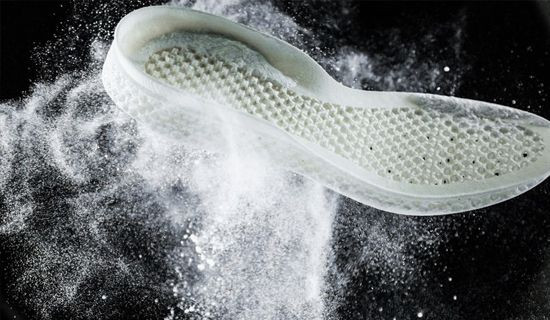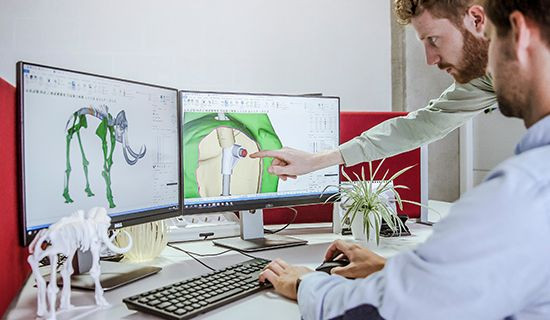Polyamide powder filled with glass particles (PA-GF) has a much higher thermal resistance (up to 110°C) than polyamide, and is typically used in functional tests with high thermal loads. This material exhibits excellent stiffness, high density and tensile strength, combined with low specific weight. As a result, PA-GF is ideal for demanding conditions where stiffness, temperature performance or wear resistance is key.
Technical Specifications
| Standard lead time | 8 working days (online & offline orders) |
| Standard accuracy | ±0.3% (with lower limit on ±0.3 mm) |
| Layer thickness | 0.12 mm |
| Minimum wall thickness | 1 mm, but living hinges are possible at 0.3 mm |
| Maximum part dimensions | 630 x 330 x 550 mm (online & offline orders) |
| Interlocking or enclosed parts? | Yes |
| Surface structure | Unfinished parts typically have a grainy surface but all kinds of fine finishes are possible. PA-GF parts can be sandblasted, colored/impregnated, painted, covered and coated. |
Datasheet
| MEASUREMENT | VALUE | STANDARD |
|---|---|---|
| Density | 1.22 ±0.03 g/cm³ | |
| Tensile Strength | 51 ±3 MPa | DIN EN ISO527 |
| Tensile Modulus | 3200 ±200 MPa | DIN EN ISO527 |
| Elongation at Break | 6 ±3% | DIN EN ISO527 |
| Flexural Modulus | 2900 ±150 MPa | DIN EN ISO178 |
| Charpy – Impact strength | 35 ±6 kJ/m² | DIN EN ISO179 |
| Charpy – Notched Impact Strength | 5.4 ±0.6 kJ/m² | DIN EN ISO179 |
| Izod – Impact Strength | 21.3 ±1.7 kJ/m² | DIN EN ISO180 |
| Izod - Notched Impact Strength | 4.2 ±0.3 kJ/m² | DIN EN ISO180 |
| Ball Indentation Hardness | 98 | DIN EN ISO2039 |
| Shore D/A-hardness | D80 ±2 | DIN 53505 |
| Heat Deflection Temperature | 110°C | ASTM D648 @ 1.82MPa |
How Does Laser Sintering Work?
Laser Sintering is a laser-based technology that uses solid powder materials, typically plastics. A computer-controlled laser beam selectively binds together particles in the powder bed, by raising the powder temperature above the glass transition point after which adjacent particles flow together. As the powder is self-supporting, no support structures are necessary.


